Hyundai IONIQ 5 vs Mercedes EQE SUV – Performance, range & efficiency compared
Both models have their strengths – but which one suits you more?
Compare performance, efficiency, price and space directly: Hyundai IONIQ 5 or Mercedes EQE SUV?
Costs and Efficiency:
Looking at overall running costs, both models reveal some interesting differences in everyday economy.
Hyundai IONIQ 5 has a convincingly advantage in terms of price – it starts at 38500 £, while the Mercedes EQE SUV costs 71600 £. That’s a price difference of around 33068 £.
In terms of energy consumption, the advantage goes to the Hyundai IONIQ 5: with 15.60 kWh per 100 km, it’s somewhat more efficient than the Mercedes EQE SUV with 18.30 kWh. That’s a difference of about 2.70 kWh.
As for range, the Mercedes EQE SUV performs slight better – achieving up to 611 km, about 41 km more than the Hyundai IONIQ 5.
Engine and Performance:
Power, torque and acceleration say a lot about how a car feels on the road. This is where you see which model delivers more driving dynamics.
When it comes to engine power, the Hyundai IONIQ 5 has a hardly perceptible edge – offering 650 HP compared to 625 HP. That’s roughly 25 HP more horsepower.
In acceleration from 0 to 100 km/h, the Hyundai IONIQ 5 is minimal quicker – completing the sprint in 3.50 s, while the Mercedes EQE SUV takes 3.70 s. That’s about 0.20 s faster.
In terms of top speed, the Hyundai IONIQ 5 performs slight better – reaching 260 km/h, while the Mercedes EQE SUV tops out at 240 km/h. The difference is around 20 km/h.
There’s also a difference in torque: Mercedes EQE SUV pulls to a small extent stronger with 950 Nm compared to 770 Nm. That’s about 180 Nm difference.
Space and Everyday Use:
Cabin size, boot volume and payload all play a role in everyday practicality. Here, comfort and flexibility make the difference.
Both vehicles offer seating for 5 people.
In curb weight, Hyundai IONIQ 5 is clearly perceptible lighter – 1955 kg compared to 2440 kg. The difference is around 485 kg.
Boot capacity is identical – both offer 520 L of storage.
In maximum load capacity, the Mercedes EQE SUV performs hardly perceptible better – up to 1675 L, which is about 95 L more than the Hyundai IONIQ 5.
When it comes to payload, Mercedes EQE SUV barely noticeable takes the win – 580 kg compared to 530 kg. That’s a difference of about 50 kg.
Who comes out on top?
Overall, the Hyundai IONIQ 5 shows itself to be leaves the rival little chance and secures the title of DriveDuel Champion.
It convinces with the more balanced overall package and proves to be the more versatile choice for everyday use.
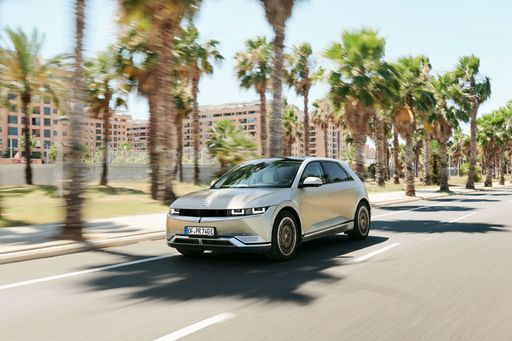
Hyundai IONIQ 5
Hyundai IONIQ 5
The Hyundai IONIQ 5 showcases a bold and futuristic design that captures attention with its striking facade and sharp lines. This electric vehicle offers an impressive blend of performance and efficiency, making it a compelling choice for environmentally conscious drivers. Inside, the spacious and tech-forward interior provides a comfortable and engaging driving experience for both driver and passengers.
details @ hyundai.news
@ hyundai.news
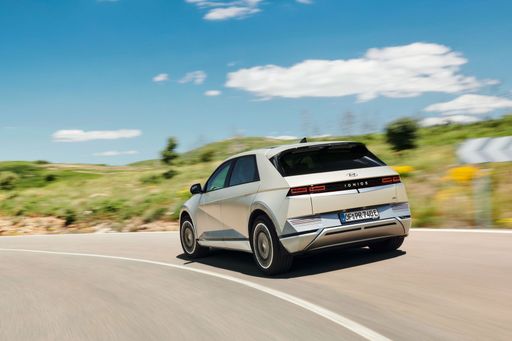 @ hyundai.news
@ hyundai.news
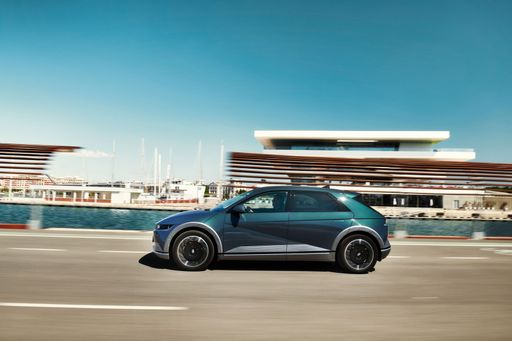 @ hyundai.news
@ hyundai.news
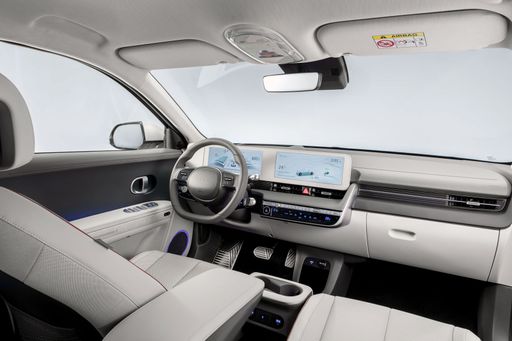 @ hyundai.news
@ hyundai.news
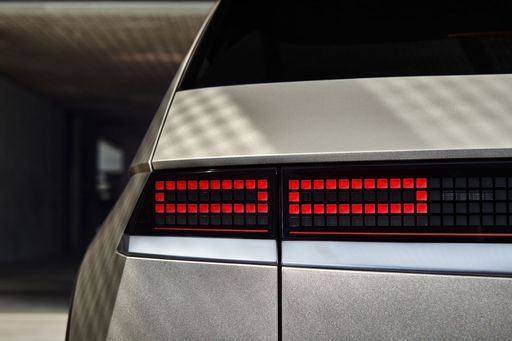 @ hyundai.news
@ hyundai.news
Mercedes EQE SUV
The Mercedes-Benz EQE SUV represents a fusion of advanced electric mobility and luxurious design, offering a refined driving experience that aligns with the brand's renowned legacy. Inside, the cabin is adorned with high-quality materials and state-of-the-art technology, providing both comfort and functionality for modern drivers. Its dynamic exterior is crafted to enhance aerodynamics while maintaining a distinctive and elegant presence on the road.
details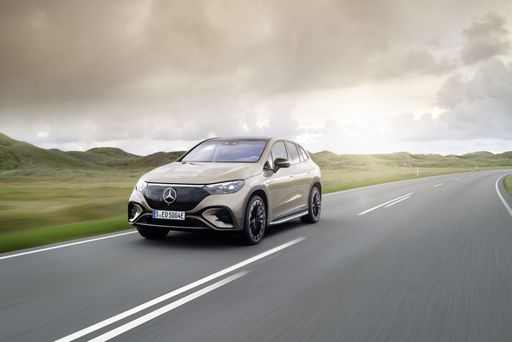 @ group-media.mercedes-benz.com
@ group-media.mercedes-benz.com
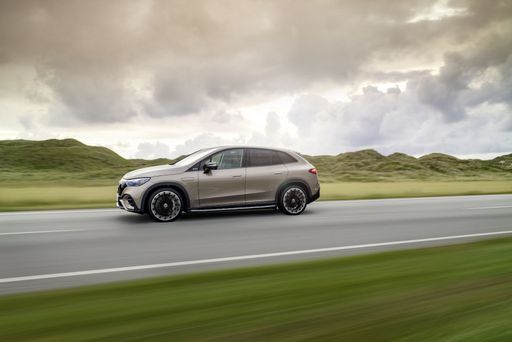 @ group-media.mercedes-benz.com
@ group-media.mercedes-benz.com
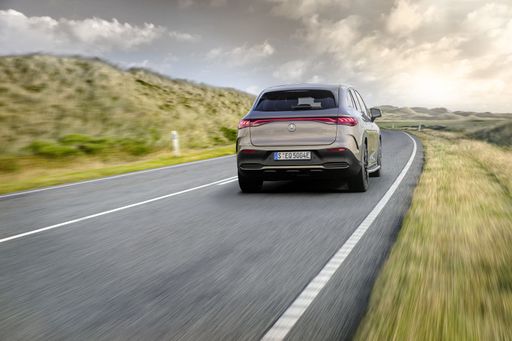 @ group-media.mercedes-benz.com
@ group-media.mercedes-benz.com
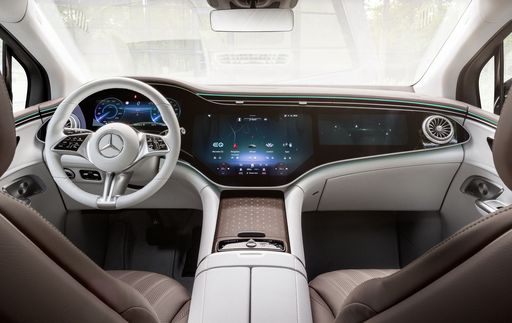 @ group-media.mercedes-benz.com
@ group-media.mercedes-benz.com

|

|
|
|
|
Costs and Consumption |
|
|---|---|
|
Price
38500 - 64200 £
|
Price
71600 - 125100 £
|
|
Consumption L/100km
-
|
Consumption L/100km
-
|
|
Consumption kWh/100km
15.6 - 21.2 kWh
|
Consumption kWh/100km
18.3 - 23.1 kWh
|
|
Electric Range
440 - 570 km
|
Electric Range
453 - 611 km
|
|
Battery Capacity
63 - 84 kWh
|
Battery Capacity
90.5 - 96 kWh
|
|
co2
0 g/km
|
co2
0 g/km
|
|
Fuel tank capacity
-
|
Fuel tank capacity
-
|
Dimensions and Body |
|
|---|---|
|
Body Type
SUV
|
Body Type
SUV
|
|
Seats
5
|
Seats
5
|
|
Doors
5
|
Doors
4
|
|
Curb weight
1955 - 2275 kg
|
Curb weight
2440 - 2615 kg
|
|
Trunk capacity
480 - 520 L
|
Trunk capacity
520 L
|
|
Length
4655 - 4715 mm
|
Length
4863 - 4879 mm
|
|
Width
1890 - 1940 mm
|
Width
1940 mm
|
|
Height
1585 - 1605 mm
|
Height
1672 - 1685 mm
|
|
Max trunk capacity
1540 - 1580 L
|
Max trunk capacity
1675 L
|
|
Payload
385 - 530 kg
|
Payload
505 - 580 kg
|
Engine and Performance |
|
|---|---|
|
Engine Type
Electric
|
Engine Type
Electric
|
|
Transmission
Automatic
|
Transmission
Automatic
|
|
Transmission Detail
Reduction Gearbox
|
Transmission Detail
Reduction Gearbox
|
|
Drive Type
Rear-Wheel Drive, All-Wheel Drive
|
Drive Type
All-Wheel Drive, Rear-Wheel Drive
|
|
Power HP
170 - 650 HP
|
Power HP
265 - 625 HP
|
|
Acceleration 0-100km/h
3.5 - 8.5 s
|
Acceleration 0-100km/h
3.7 - 7.1 s
|
|
Max Speed
185 - 260 km/h
|
Max Speed
210 - 240 km/h
|
|
Torque
350 - 770 Nm
|
Torque
550 - 950 Nm
|
|
Number of Cylinders
-
|
Number of Cylinders
-
|
|
Power kW
125 - 478 kW
|
Power kW
195 - 460 kW
|
|
Engine capacity
-
|
Engine capacity
-
|
General |
|
|---|---|
|
Model Year
2024
|
Model Year
2023 - 2025
|
|
CO2 Efficiency Class
A
|
CO2 Efficiency Class
A
|
|
Brand
Hyundai
|
Brand
Mercedes-Benz
|
What drive types are available for the Hyundai IONIQ 5?
The Hyundai IONIQ 5 is available as Rear-Wheel Drive or All-Wheel Drive.
The prices and data displayed are estimates based on German list prices and may vary by country. This information is not legally binding.
